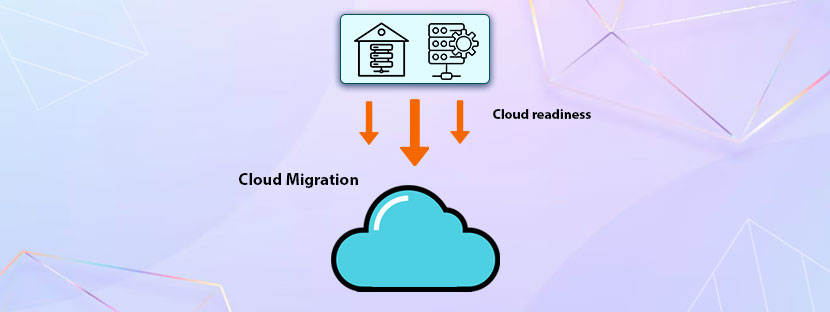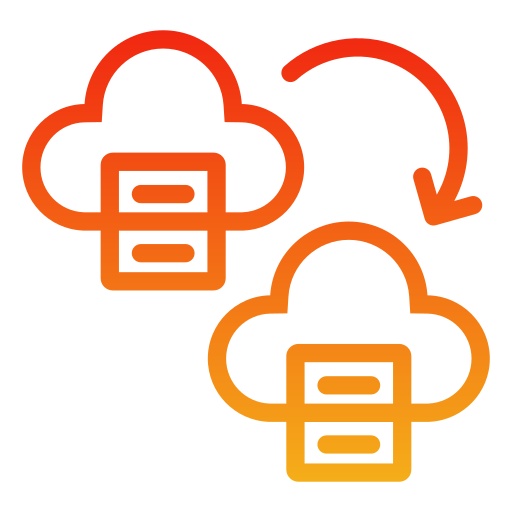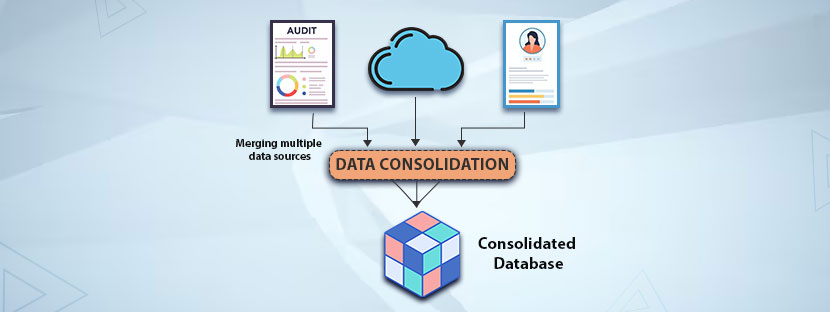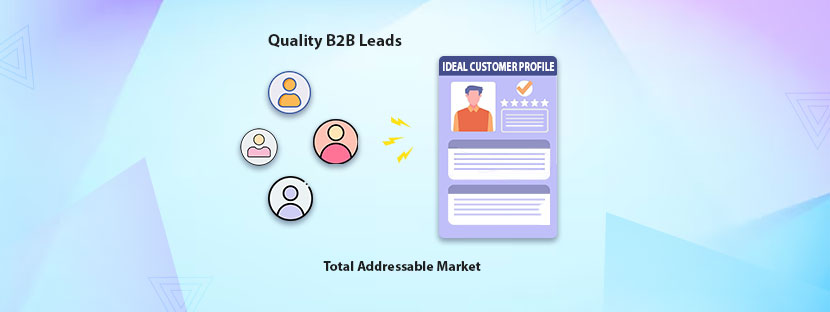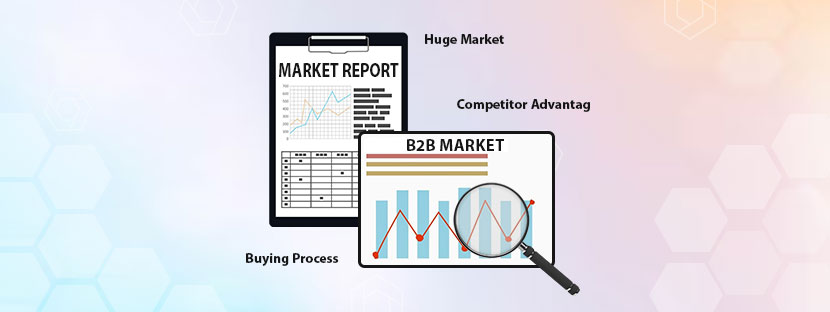Cloud migration is not a “nice to have” option; rather, it becomes a valuable stage for businesses competing in the digital world.
As an IT leader, you may be facing constant pressure to reduce costs and bring innovation while remaining agile. Right? Well, to be very honest, legacy on-premise infrastructure may not compete with your needs. All you need is to migrate your data to the cloud infrastructure, because it’s the most compelling solution.
Let’s talk about cloud migration in more detail in this comprehensive blog.
Cloud Migration Means
It’s the process of shifting your on-premise data, business application, and entire IT infrastructure to a cloud environment. Plenty of cloud models are available for businesses; choose any of them from the following list
Public cloud – it’s a shared cloud platform. You can choose cloud services from providers like Google Cloud Platform (GCP), Microsoft Azure, or Amazon Web Services (AWS), etc.
Private cloud – it’s a dedicated cloud platform that you can use for your organization, using your own in-house server. It provides you with superior control over your data and provides with with complete isolation
Hybrid cloud – it’s a mix of public and private cloud environments that suits diverse data storage needs. Hybrid cloud models provide flexibility and scalability that other models cannot deliver.
Besides migrating to the cloud from offline store data, shifting data from one cloud provider to another is also possible. It comes under the purview of cloud migration. Switching providers immensely influences organizations, as they’ll get more benefits while reducing costs. Interestingly, some companies choose multiple cloud services to experience the best of cloud technology.
Types of Cloud Migration
Have you heard of the “7 Rs” framework of data migration?
It’s a cloud migration strategy where each R defines a specific strategy. These strategies perfectly fit container-ready architectures. Let’s define each of them clearly in this section.

i. Reshost
“Lift and shift” is another name for rehost. As it indicates, moving existing on-premise applications to the cloud architecture. Rehost as a cloud migration architecture, previously used to provide exceptional results, but now it increases high-risk patterns. Instead of diminishing migration challenges, it increases operational costs and performance bottlenecks.
ii. Relocate
This architecture works immensely well when you already have your data stored in a cloud platform. What you need is to relocate the environment or switch to another cloud platform. Nowadays, every cloud platform offers support when it comes to switching architectures. However, to make the relocation smooth, consistent data validation is required. Only that way can you achieve full cloud elasticity and scalability.
iii. Replacement
Without changing the platform, consider some important adjustments that can fix your cloud migration issues. For example, containerization, targeted code optimization, or database engine updates etc., can improve cloud performance without a platform switch or rewriting. It improves migration speed and optimizes the cloud operations without any effect on the existing cloud platform.
iv. Refactor
Among the other cloud migration architectures, refactoring is the most futuristic migration approach. Because it allows advanced capabilities like serverless computing, distributed load balancing, autoscaling, and other options. It breaks a monolithic application into microservices to achieve a higher level of automation. On the downside, this cloud architecture is often complex and costly.
v. Repurchase
The concept of repurchase is different as it advocates for opting for subscription-based models. It switches internally administered systems to a third-party managed service. Basically, repurchasing helps teams move to a consumption-based model from the retired legacy systems. The entire model reduces operational efforts for managing infrastructure, which is available to your in-house team. Plus, it decreases downtime and helps establish governance.
vi. Retire
An organization cannot survive with technical debts for a long time. At this point, decommissioning the unnecessary applications becomes vital. It requires using automated discovery tools, tracking out actual usage patterns, business value contribution, dependency relationships, etc. It smooths the retirement process of your inefficient cloud architecture.
vii. Retain
Certain on-premises applications are difficult to migrate due to security and technical complexities. So it gets planned for future reevaluations. Until then, the cloud control system has to be extended to an on-premises environment. The retain framework provides consistent management support and policy enforcement during the extended timeframe.
Before Migrating To The Cloud, Have These 5 Things Prepared
Moving to the cloud is the smartest decision ever that you made. Based on a study, nearly 69% of businesses have already switched to cloud technology for better management of their data. If you have planned to move into the cloud, you need a plan first. Besides the plan, all you need to avoid making common mistakes to ensure a smooth transition. Let’s talk about what the considerations are that you need to follow here.

1. Migration strategy
Have your cloud migration strategy prepared before you initiate the process. That’s the first step.
Your migration strategy must begin with thorough research, assessment, and collaboration of all your departments. It requires this because the data across your departments will be switched to the cloud after migration. The sole goal here is to improve the productivity level of your organization through the migration.
Wait. To make a better migration strategy, you must assess the current condition of your data architecture. Evaluation of your data position not only helps you frame a suitable cloud migration strategy but also delivers meaningful business value. Remember one thing – cloud migration is no longer a must-have process; it has become a necessary thing. So, brace yourself with appropriate and accurate migration strategies to make the transition smooth and secure.
2. Security and privacy
Migrating data to the cloud always comes with two primary concerns: one, data privacy, and another is data security. There are plenty of cloud types available for the data owners to move to. Thus, you need to be mindful when choosing any cloud type to migrate.
At first, consider validating the data compliance and regulatory requirements that the cloud service providers are offering. Framing up your internal policies comes second here. The following factors you need to check consciously for ensuring data security and control;
🔺Data encryption
🔺Cross-access control
🔺Risk assessment & mitigation
🔺Separate accounts for data users
Besides all these strong data control measures, you must actively decide what type of security measures your organization needs. Consider evaluating your data type, volumes, internal access-sharing, and other measures for that.
For data privacy, the platform you choose must comply with the GDPR protocols and other essential data protection laws based on your territorial jurisdiction. Further, you must have your internal data governance protocols in place to structure everything.
3. Risk assessment
There are plenty of possible risks associated with cloud migration. Some of them are highly threatening, like vendor lock-in, data loss, losing control, etc. Therefore, before choosing any specific cloud platform, a complete risk assessment is necessary for you. During the course of risk assessment, you can identify specific risks associated with the cloud platforms. Therefore, you could easily make a decision which platform to choose.
On successful completion of the risk assessment, you can interact with multiple types of risks. Some of them may be non-negotiable, but many of them can be tackled with a proper risk management plan.
For example, after conducting the risk assessment, you found that everything is okay with the platform, but it may not suit your current employees. Basically, the cloud platform you choose is highly advanced, and your in-house skillsets are not compatible with that. Amid this, you need a solid risk management strategy to make the cloud implementation possible without hurting your in-house talent. Choosing data migration experts via outsourcing can be a problem solver here.
4. Cost-to-benefit analysis
Now it’s time to evaluate one of the core aspects of cloud data migration, i.e., cost-to-benefit.
At this point, you must have chosen your cloud platform where you want to shift your data. So it’s the right time for you to evaluate the benefits against the costs that you’re supposed to pay for.
To be very specific in the assessment, you need to answer the following questions.
- How much do you have to pay for the cloud services?
- What is the cost of application maintenance and administration included here?
- Do you think the licence management and service management costs are too high?
- What are the application testing and deployment processes involved in the system?
Answer all these questions as much in detail as possible. Once you go through the answers, you’ll develop a sense of the quality level that the cloud platform is offering. If the platform is offering further benefits that your current service levels without costing you more, you must say yes. That’s the ideal case scenario here.
5. Cloud readiness
Before moving your data to the cloud, you need to assess cloud readiness. It is basically a systematic evaluation of organizational infrastructure, operational capacities, and cultural readiness for migrating to the cloud.
From a core viewpoint, cloud readiness is checking the existing setup from a critical perspective. This will reveal the risks, feasibility, and potential benefits of migrating data to a cloud system. The main motto here is to assess the cloud migration from not only a technical perspective but also from a business perspective. It considers business objectives, budgets, compliance requirements, and many other things.
In a practical sense, cloud readiness provides you with a strategic guide, defines your roadmap, upgrades network infrastructure, and manages security and compliance issues. Cloud migration is not about moving your data to the cloud; it’s a conscious decision that improves business potential and operability.
Best Approaches to Cloud Migration
Cloud migration is necessary for modern businesses to perform. To manage the migration smoothly, you need to follow a dedicated path while avoiding common mistakes.
➣ Plan Smartly
Nothing can beat a smart plan when it comes to migrating data to the cloud. Consider everything that comes your way to frame the cloud migration plan. From business goals to technical requirements, take into account everything. Frame your plan using a checklist to provide it with a structure. Your plan should include the migration type you chose, timeline, and a detailed description of all your resources.
Planning makes visualization easy. Once you frame out the migration plan, it will help you visualize the entire IT landscape along with potential roadblocks. Hence, you can coordinate perfectly later on while executing the migration plan.
➣ Execute in phases
Attempting to migrate your entire plan at once is a flop idea. Do not think like that.
A phased plan suits cloud migration the most. Migrating data in phases allows you to test and refine your migration plan while reducing the risks associated with it. If mistakes happen during any phase, they can easily be rectified without causing much harm to the entire database. That’s why phased execution is known as a disruption-free cloud migration implementation process.
➣ Optimize costs
Migrating data to the cloud system can cost you hard. But it depends on you and your cost optimization strategy to make that up. Some platform offers subscription-based migration, which you can opt for via the pay-as-you-go model. This is the right cost optimization strategy you can opt for here while avoiding unnecessary expenses.
Please note: A plenty of cloud cost management tools are available in the market that help you identify and optimize your cost opportunities.
➣ Secure your data first
Migrating data to the cloud involves potential data security and privacy threats. Therefore, maintaining the security of your data should be a priority throughout the migration period. To ensure complete protection, you can include various measures like security controls, data encryption, etc. Implementing strong data governance protocols can resolve many issues.
➣ Effective change management
Cloud migration itself is a transition process. All your data gets shifted to another platform from existing on-premises systems, right? Therefore, it requires strong yet effective transition management policies. Having a proactive change management plan is the key here for smooth cloud data migration.
Communicating the benefits of cloud migration to your stakeholders and addressing their concerns can make the transition smooth. Additionally, providing comprehensive training to cloud database users is another effective demonstration of change management.
➣ Constant monitoring & optimization
The last phase, when your data moves to the targeted cloud platform, is not the end. You have to ensure constant monitoring of the process throughout the span of time when you use the cloud system. The following three measures you need to keep in check throughout the process;
- Performance of your cloud architecture
- Security and compliance of your data
- Cost-effectiveness of the cloud platform
Following the best practices to monitor the cloud system is the ideal case here. However, some companies keep data management experts within the system to manage constant monitoring of the cloud migration process.

